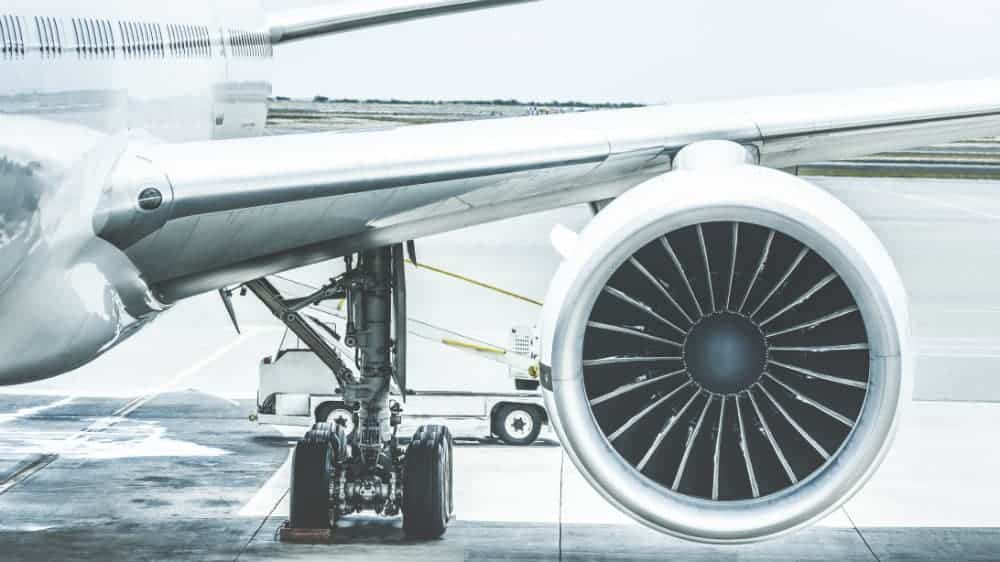Bombardier (TSX:BBD.B) was once a leading manufacturer of planes and trains, but product failures and tariffs left the company with multiple years of losses and mounting debt. The company ended last year with US$15.8 billion in annual revenue, US$1.6 billion in net loss, and US$6.5 billion in net debt. It undertook a multi-year restructuring to set things in place, but the COVID-19 pandemic put dust to its plan.
The pandemic disrupted global travel, idling all planes and trains. Airlines are operating at less than 40% of their capacity because of the travel restrictions amid the pandemic. In such times, the focus has shifted from expanding capacity to preserving cash.
They are reducing their fleet size to match the new market demand, thereby impacting aircraft manufacturers Bombardier, Boeing, and Airbus. Among the three aircraft makers, Bombardier and Boeing are the worst hit as they suffered from significant losses even before the pandemic.
Bombardier’s growth years
In its hay days, Bombardier was one of Canada’s biggest companies with $36 billion of market capitalization in 2000. This growth started when it decided to enter the aerospace sector with the acquisition of Canadair in 1986 and Boeing’s de Havilland division in 1992.
Bombardier’s commercial aircraft segment was composed of Canadair Regional Jet (CRJ), Dash 8, and C-series. It also expanded its business jet operations with Challenger, Learjet, and Global Express programs. The new Bombardier manufactured trains and planes and enjoyed the growth through the 2000s.
Product failure leads to multiple years of losses
Trouble began in 2013 when its C-series commercial aircraft failed to generate enough demand. Things worsened when these aircraft saw delays in development, cost overruns, and an engine failure in 2014. It paid for these costs with debt.
Any product failure proves to be very costly in the aerospace industry. Since 2014, Bombardier fell into deep losses and failed to recover to date. While the company did see a brief period of profit in 2018, it wasn’t sustainable.
| Bombardier | 2014 | 2015 | 2016 | 2017 | 2018 | 2019 |
| Net income | (US$1.26 billion) | (US$5.35 billion) | (US$1.02 billion) | (US$490 million) | US$232 million | (US$1.8 billion) |
The U.S. Department of Commerce charged Bombardier with a 300% duty for anti-dumping and tariffs on its C-series aircraft in 2017. Although the company eventually won the lawsuit, the damage was already done. It could no longer sell these aircraft for profit.
Hence, it sold a controlling stake in its C-Series program to Airbus, which rebranded the jet to A220 and made it a success with robust marketing and manufacturing. Bombardier is now selling its remaining stake in C-Series to Airbus for $600 million in cash proceeds.
Bombardier shrinks its operations as part of the restructuring
When a company suffers from multiple years of losses, negative cash flows, and a huge debt load, its priority is to reduce debt by improving revenue, reducing costs, restructuring debt, and dissolving loss-making businesses. Bombardier is doing just that. It has extended its debt maturities from 2020-21 to 2027.
Bombardier has exited commercial aircraft operations, which lost US$125 million in 2019. It sold C-series to Airbus, Dash 8 Q400 to Viking Air and Longview Aviation Capital, and CRJ to Mitsubishi Heavy Industries. It also plans to divest its aero-structures and engineering services operations by mid-2020.
Bombardier is now left with the Business Aircraft and Transportation segments that operate at 7% and 0.8% margin, respectively. In February, the company agreed to sell its transportation business to French train maker Alstom for US$6.4 billion. Amid the current economic environment, the transaction is at risk of revision, suspension, or cancellation of the deal.
With all these spin-offs, Bombardier aimed to deleverage its balance sheet and turn free cash flow positive. But the COVID-19 pandemic has put dust on its plans.
The COVID-19 crisis leaves Bombardier with debt
The actual impact of the pandemic is still not known, but Bombardier expects business jet demand to fall 30-35% this year. A sharp decline in its revenue will more than offset the cost reductions from restructuring. Hence, the company is slashing 2,500 jobs to reduce its costs in line with the revenue.
In the first quarter, Bombardier reported US$1.6 billion in negative cash flow. The COVID-19 crisis will leave it with US$10 billion in debt as it will need the US$2 billion in cash reserve to withstand the crisis. There is very little probability for the stock to recover. Hence, investors should stay away from this stock.










